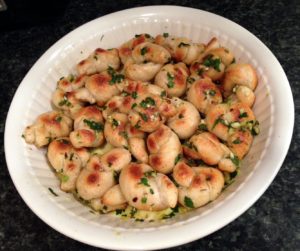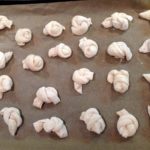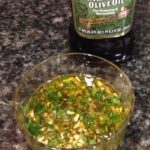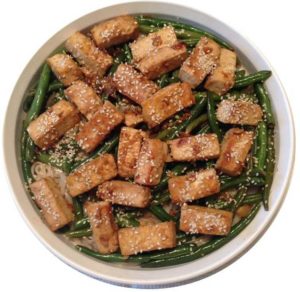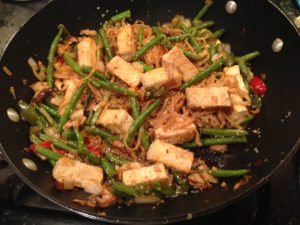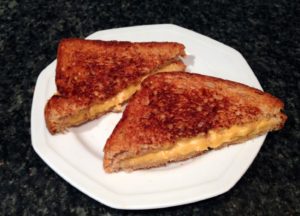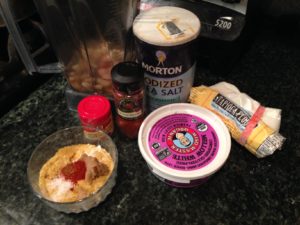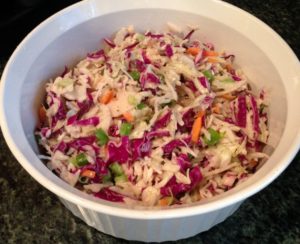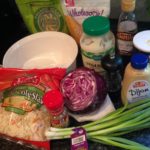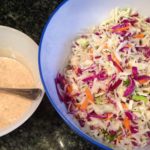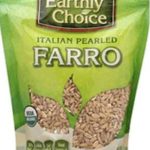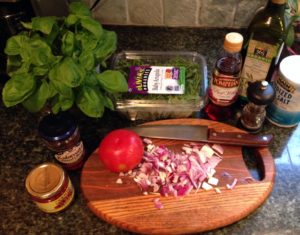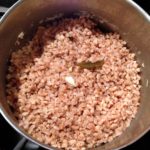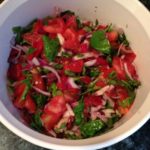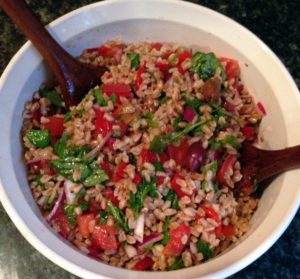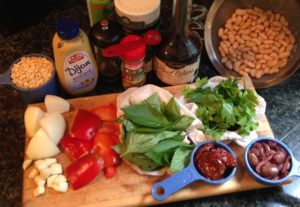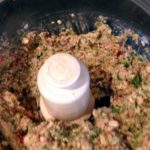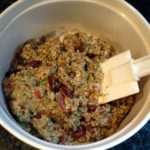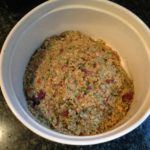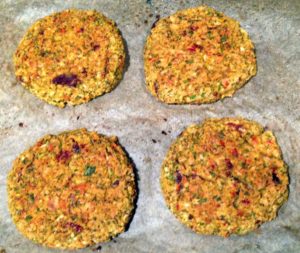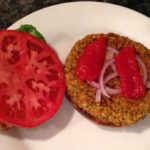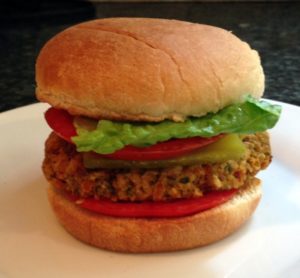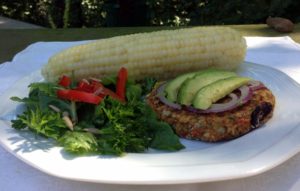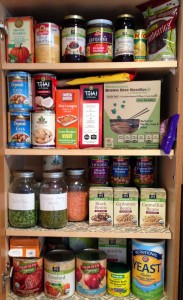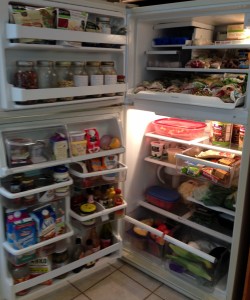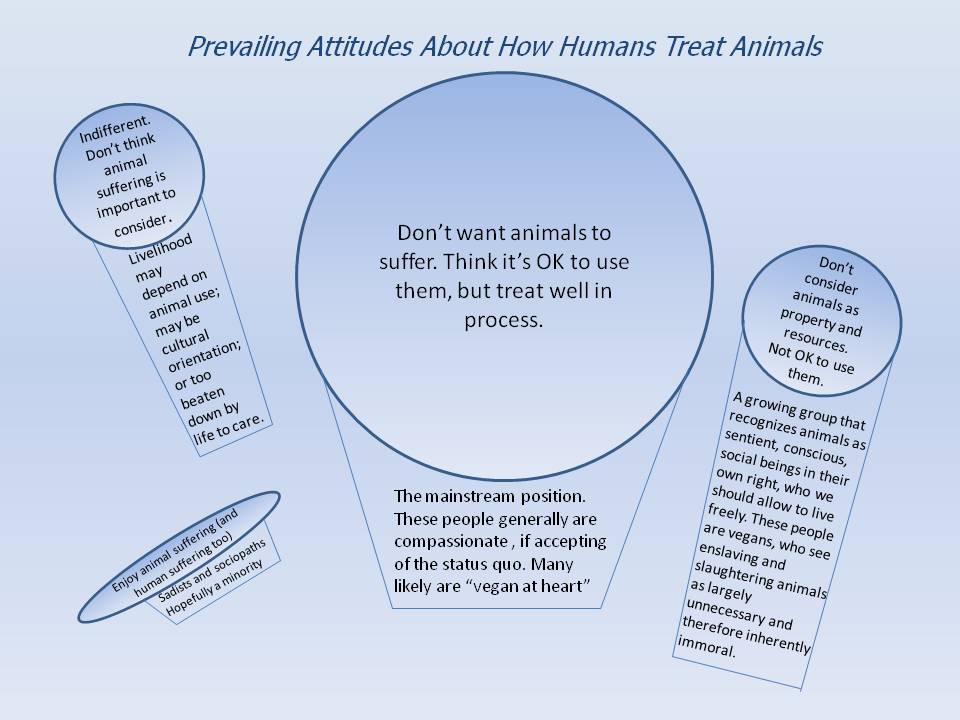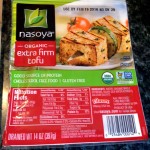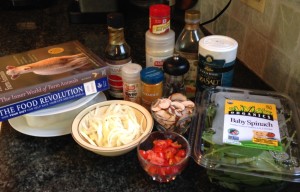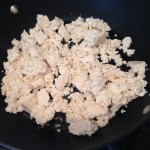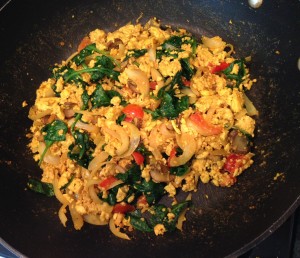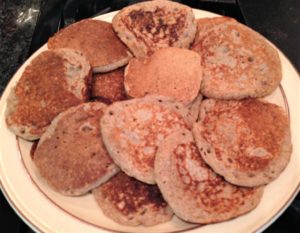
I enjoy pancakes and traditional pancakes are easy to veganize. However traditional flour pancakes can leave me feeling sluggish, so I decided to make some using oats. I start with 1.75 cups of rolled oats and grind them into a flour. Since this yields about 1.5 cups of ground flour, if you already have oat flour on hand, just use 1.5 cups. In addition to being vegan, this recipe is gluten free. If you’re highly allergic to gluten, make sure your oats are certified gluten free. While oats don’t naturally contain gluten, they can be exposed to it depending on the processing plant.This recipe makes about 12 pancakes
Ingredients
- 1 tablespoon apple cider vinegar
- 1 ¼ cups plain, unsweetened non-dairy milk
- 1 ¾ cups rolled oats (also called Old Fashion)
- 2 ½ teaspoons baking powder
- ½ teaspoon salt
- ½ teaspoon ground cinnamon
- 1 medium very ripe banana, peeled and chopped
- 2 tablespoons pure maple syrup
- 1 teaspoon pure vanilla extract
- As needed vegan butter and oil for cooking
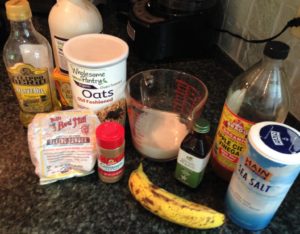
Directions
- In a liquid measuring cup, add the milk and vinegar. Set aside for 5-10 minutes.
- Add the oats to a food processor and grind into a flour.
- Add the baking powder, salt, ground cinnamon, banana, maple syrup, vanilla, and milk-vinegar mixture, mix well.


4. Transfer mixture to large liquid measuring cup or bowl, if desired. Let mixture sit for 5 minutes.

5. Heat a griddle or non-stick pan over medium heat. When hot, add about 1.5 tablespoons combined of vegan butter and oil. Scoop the batter in approximately ¼ cup portions onto the griddle/pan, leaving space between the pancakes. Cook about 2 minutes or until bubbles begin to form on the top of the pancakes and the underside is golden brown, then flip and cook until the other side is golden brown, about 1-2 minutes. Transfer to a plate. Add a bit more butter and oil, and repeat with remaining batter.


Serve with toppings of choice, such as vegan butter, maple syrup, sliced bananas, walnuts, or other fruit of choice.

